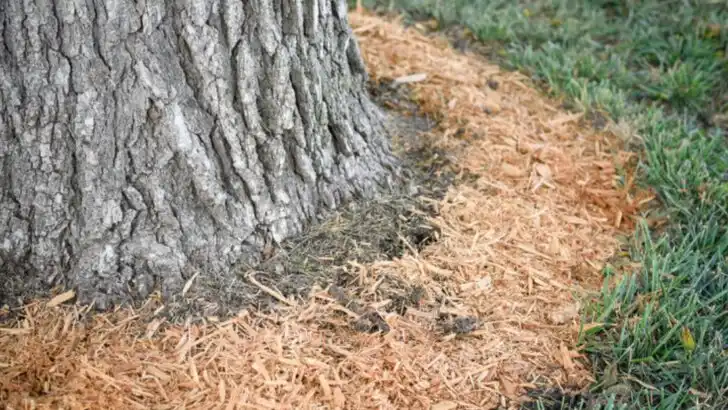Think you’re doing your plants a favor every time you grab the watering can? Think again. While watering seems simple, there are surprisingly common mistakes that can lead to root rot, stunted growth, or even a total plant meltdown—especially in the summer heat.
In this list, we’ll break down 9 watering habits that may be secretly sabotaging your garden, from overwatering to mistiming to using the wrong tools. But don’t worry—we’ve also got 8 smarter, stress-free habits that not only save your plants, but cut down on your water bill too.
Whether you’re caring for houseplants, balcony herbs, or a full-on backyard jungle, these tips will help you avoid the biggest watering fails—and replace them with practical habits that make every drop count.
Watering at Noon
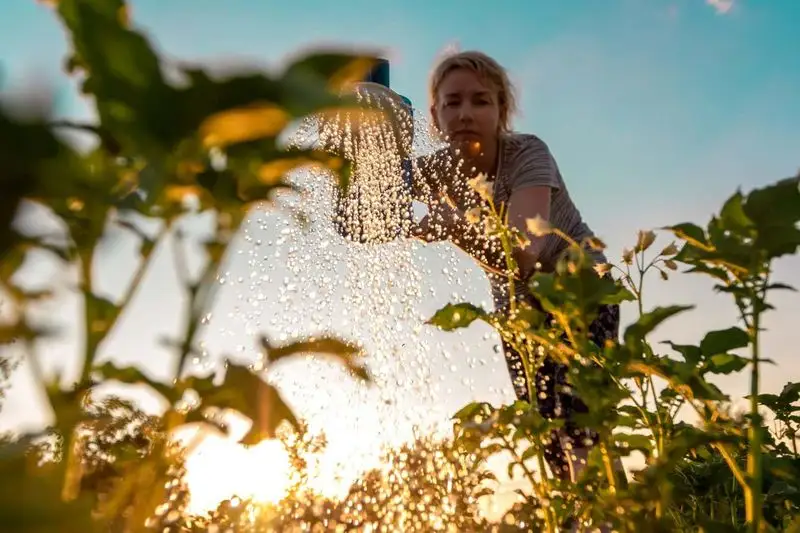
The sun is at its peak, and you’re tempted to water your plants. However, this habit might do more harm than good. Noon watering causes water to evaporate quickly, depriving roots of moisture. Plants may also suffer sunburn from droplets acting like magnifying glasses. A better time is early morning or late afternoon when temperatures are cooler. This change ensures water reaches the roots and doesn’t evaporate quickly. It’s a small adjustment with a significant impact, promoting healthier growth and reducing water wastage, ensuring your plants thrive throughout the hotter months.
Overwatering
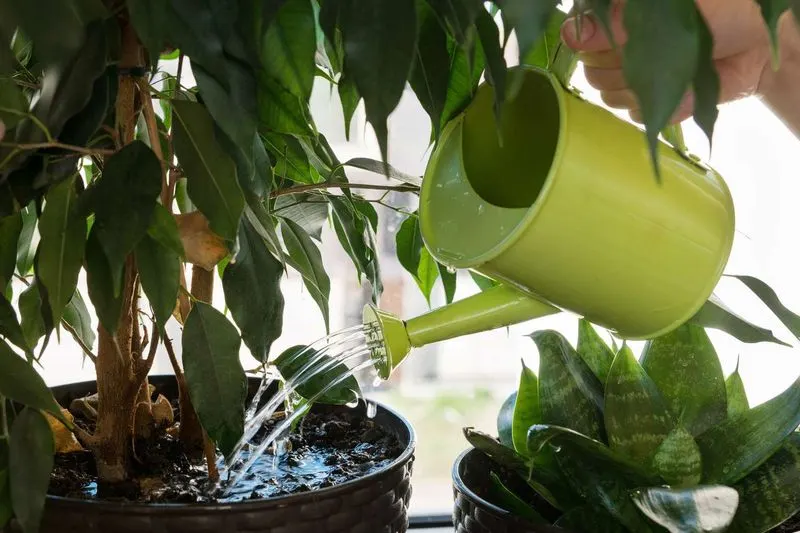
Too much love can drown your plants. Overwatering is a common mistake, especially among new gardeners. When soil is constantly wet, roots can’t breathe, leading to root rot. It’s best to let the topsoil dry out between waterings. Checking soil moisture with your finger is a simple trick to avoid this problem. Plants have different needs, so understanding your specific plant’s requirement is key. This simple awareness helps maintain a healthy balance, preventing the detrimental effects of overwatering and promoting robust plant health.
Using Cold Water
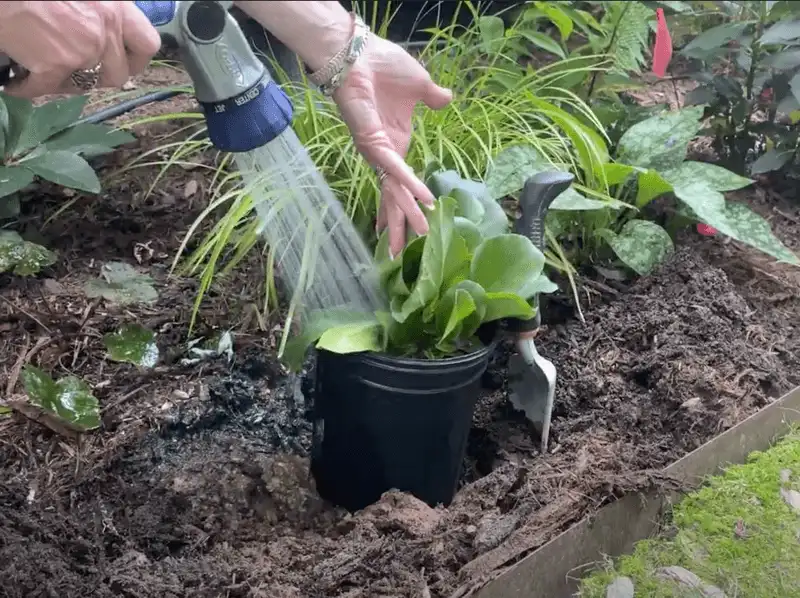
Imagine a cold shower on a winter morning; plants feel the same with cold water. Using tap water straight from the faucet can cause temperature shock. Room temperature water is ideal, as it provides comfort to the plant. Fill your watering can and let it sit before watering. This thoughtful approach can prevent stress and aid in nutrient absorption. Plants will thank you by thriving better, displaying vibrant leaves and healthier stems. A small tweak in your routine can make a big difference in plant vitality.
Watering Leaves Not Roots
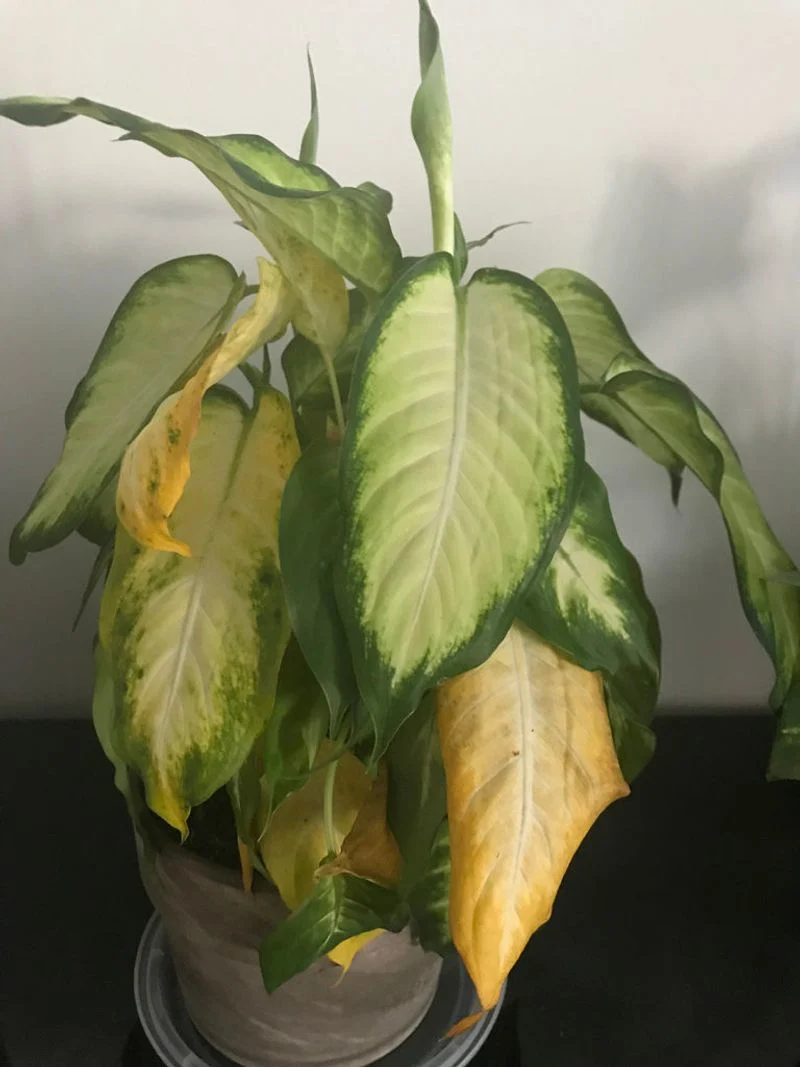
Focusing on leaves rather than roots can lead to issues. Water on leaves can cause fungal diseases, especially in humid conditions. The roots are the main water absorbers, so directing water there is more effective. This habit ensures that moisture reaches where it’s needed most. It’s a simple adjustment that can prevent disease and promote stronger plant growth. By focusing on the roots, you encourage a robust and healthy development that can withstand environmental pressures.
Avoiding Mulch
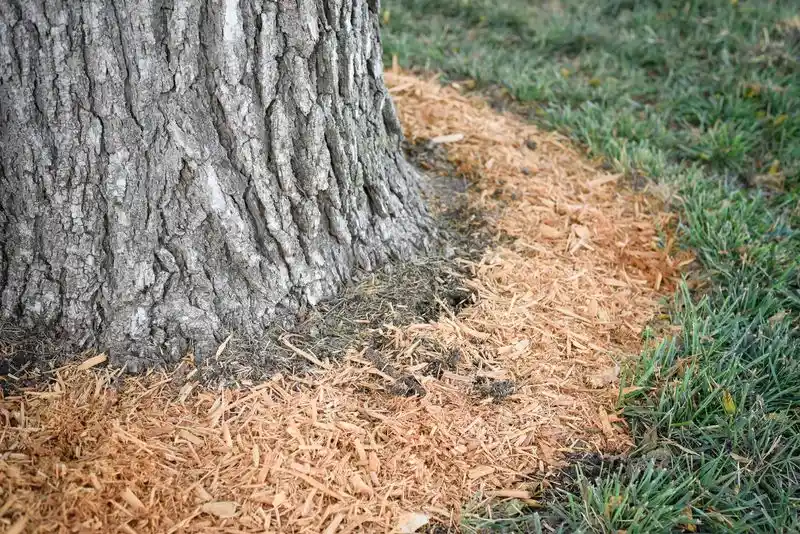
Mulch acts as a blanket, preserving moisture and regulating soil temperature. Without mulch, plants may struggle, especially in hot climates, as the soil dries quickly. This barrier also prevents weeds and adds nutrients as it decomposes. Adding mulch around your plants can significantly enhance their health and growth. It’s an easy addition that pays off by reducing watering needs and improving soil quality. Mulch turns your garden into a more resilient and thriving ecosystem, helping plants flourish even in challenging conditions.
Ignoring Plant Needs
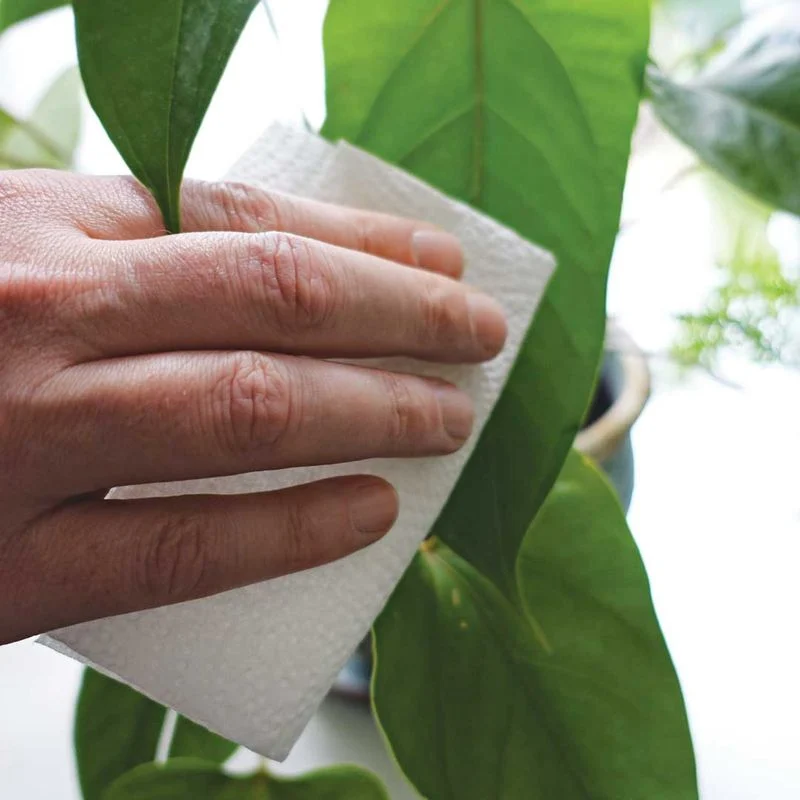
Every plant is unique, with its own watering needs. Ignoring these can lead to over or underwatering. A cactus and a fern have vastly different requirements. Researching and understanding each plant’s needs fosters a healthier garden. Adjusting your routine to match these needs prevents common mistakes. Customizing your watering habits ensures each plant receives the right amount of moisture. This personalized approach turns a struggling garden into a thriving one, showcasing the beauty of well-nurtured diversity.
Watering with Sprinklers
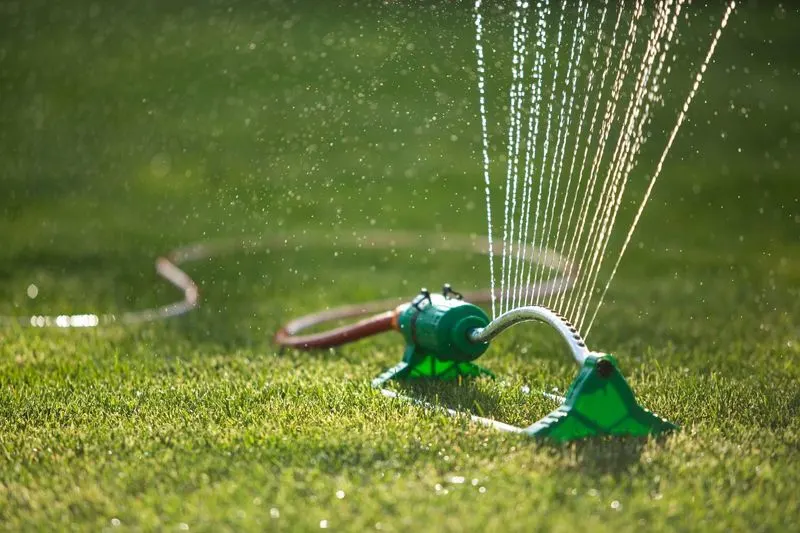
Sprinklers can be convenient but often lead to uneven watering. Some plants get drenched while others remain dry, leading to inconsistent growth. This method can also waste water through evaporation or wind drift. A more efficient approach is drip irrigation, targeting roots directly and reducing waste. It ensures each plant gets the right amount, promoting uniform growth and water conservation. Taking the time to manually water or adjusting sprinkler placement can significantly enhance your garden’s health and sustainability.
Ignoring Weather Conditions
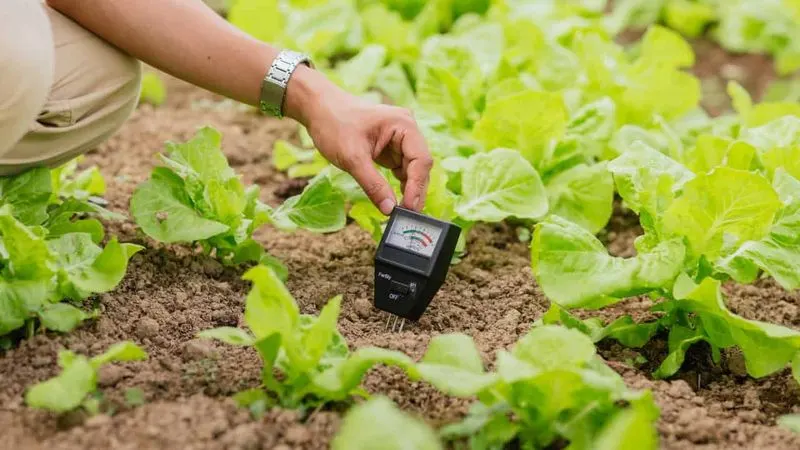
Nature sometimes does the watering for us. Ignoring weather conditions can lead to overwatering. On rainy days, additional watering might drown plants and waste resources. Checking the forecast helps plan your watering schedule, saving time and water. Adjusting to natural moisture levels can prevent root rot and other water-related issues. This awareness not only conserves water but also supports a more sustainable gardening practice. It’s an easy change that aligns with environmental conditions for healthier plants.
Using Hard Water
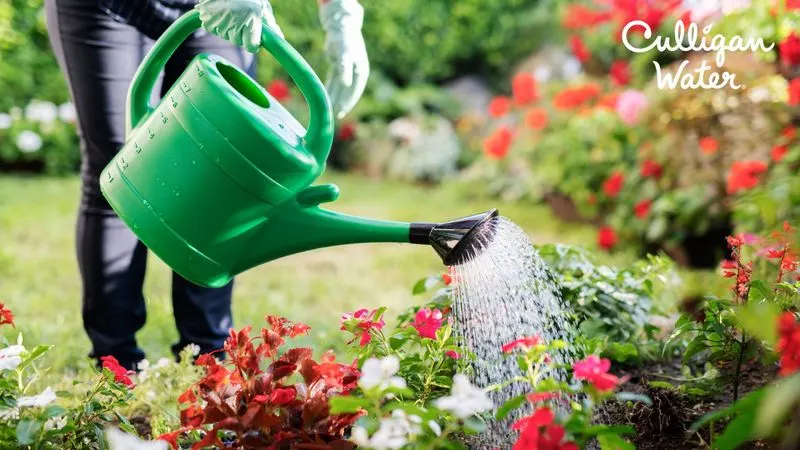
Hard water, rich in minerals, can leave deposits in soil, affecting plant health. Over time, these minerals build up, hindering nutrient absorption. Softening hard water or using rainwater can be beneficial alternatives. This change can rejuvenate plants, promoting better growth and vibrant foliage. Understanding your water source and making necessary adjustments is an important step toward maintaining a healthy garden. It’s a simple switch with noticeable effects, enhancing plant vitality and soil health.
Early Morning Watering
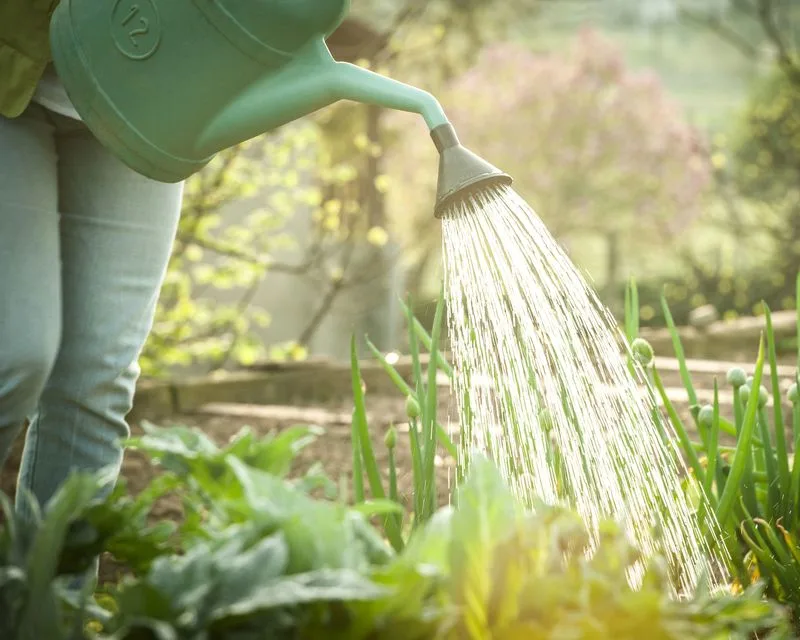
Morning is an excellent time for watering, as temperatures are cooler, reducing evaporation. This practice ensures water reaches the roots efficiently. It provides plants with the necessary moisture to face the day’s heat. Early watering can prevent diseases by allowing foliage to dry quickly. This proactive habit supports vibrant plant health and reduces water waste. Starting your day with this mindful routine can transform the overall well-being of your garden. It’s a straightforward change with significant benefits.
Checking Soil Moisture
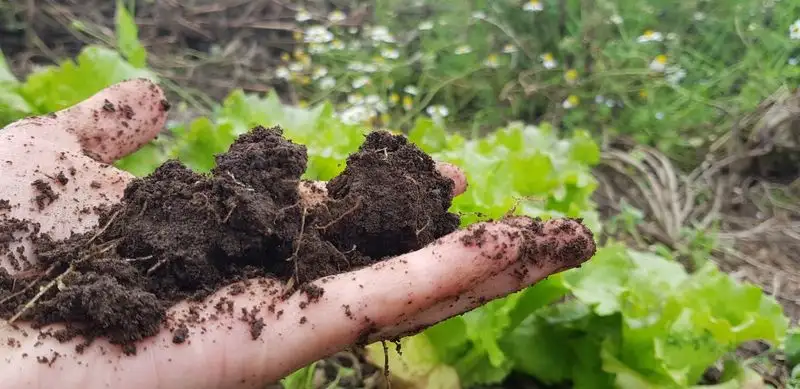
Simple yet effective, checking soil moisture before watering prevents overwatering. It’s an intuitive practice that aligns with plant needs. By feeling the soil, you can judge whether your plants require more water. This mindful approach helps maintain a balance, ensuring roots get enough moisture without being waterlogged. It’s an empowering habit that transforms your gardening routine, promoting healthier plants. This small act of diligence supports smart water usage and reduces the risk of root diseases.
Using Rainwater
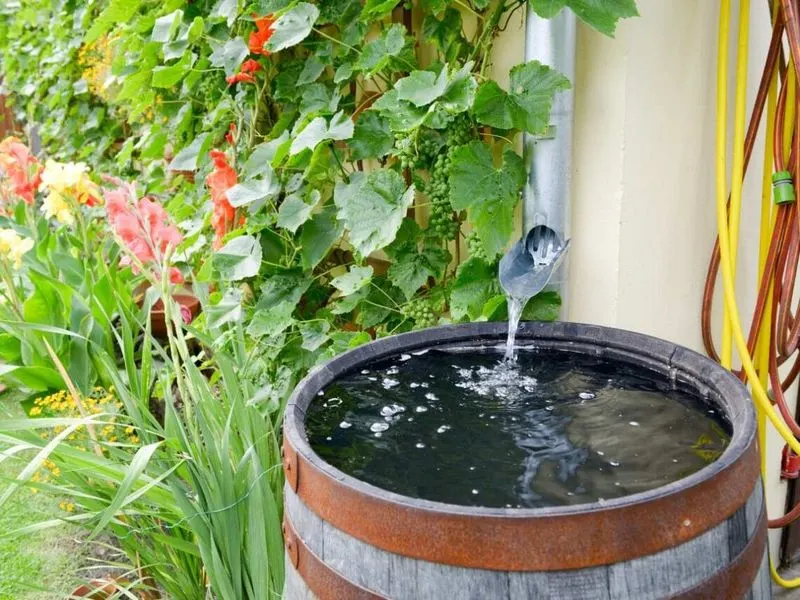
Harnessing rainwater is an eco-friendly watering solution. Collecting rain reduces reliance on tap water and provides plants with naturally soft water. This practice is beneficial for both the environment and your garden. Rainwater typically lacks the chemicals found in treated water, promoting healthier soil and plant growth. Setting up a rain barrel is a simple task with rewarding results, supporting sustainable gardening. This green practice not only conserves resources but also nurtures a more vibrant and resilient garden.
Watering with Greywater
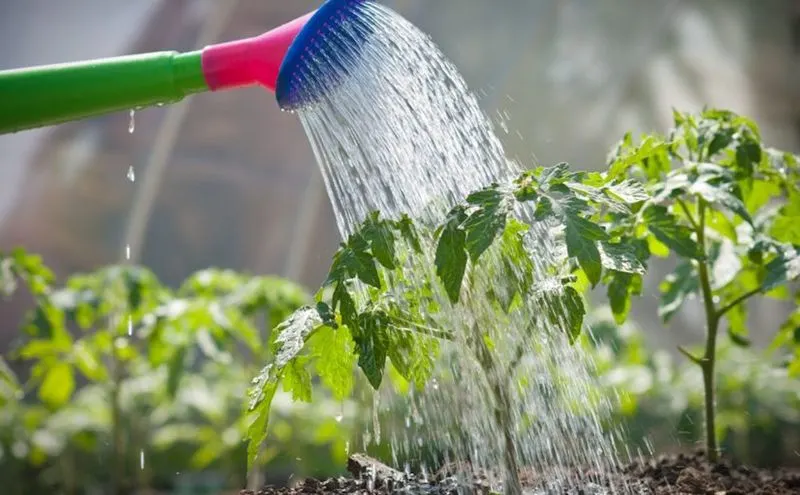
Repurposing greywater for irrigation is a sustainable choice. Water from sinks and showers can nourish non-edible plants, reducing waste. This practice supports water conservation and reduces utility bills. However, be cautious about using greywater with chemicals or on edible plants. Setting up a greywater system requires some planning but pays off in environmental benefits. This innovative approach encourages a greener lifestyle, turning waste into a valuable resource for your garden. It’s a smart step towards sustainability.
Mulching to Retain Moisture
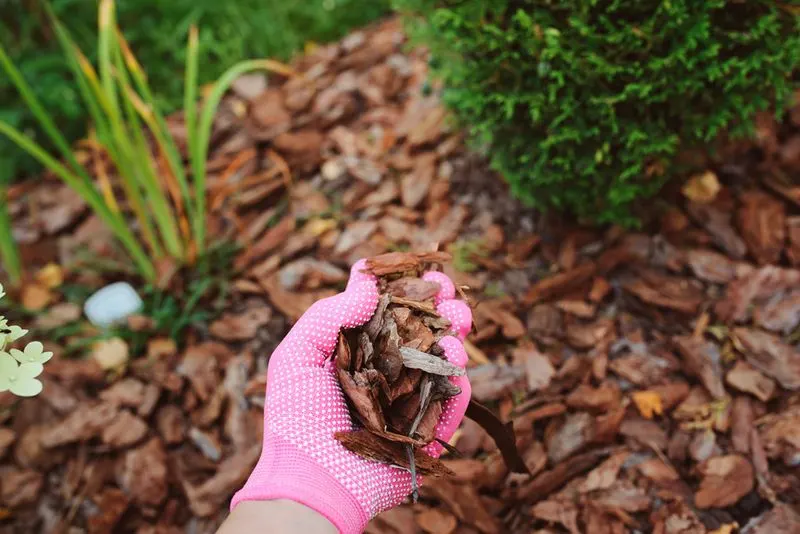
Mulching offers numerous benefits, especially in water retention. By covering soil, mulch reduces evaporation and keeps roots cool. It also enriches the soil as it breaks down, providing essential nutrients. This simple addition can significantly reduce the need for frequent watering. Mulching is a proactive measure that supports plant health and conserves resources. It’s a straightforward practice that turns your garden into a more sustainable and thriving environment, enhancing growth and resilience against drought conditions.
Grouping Plants by Water Needs
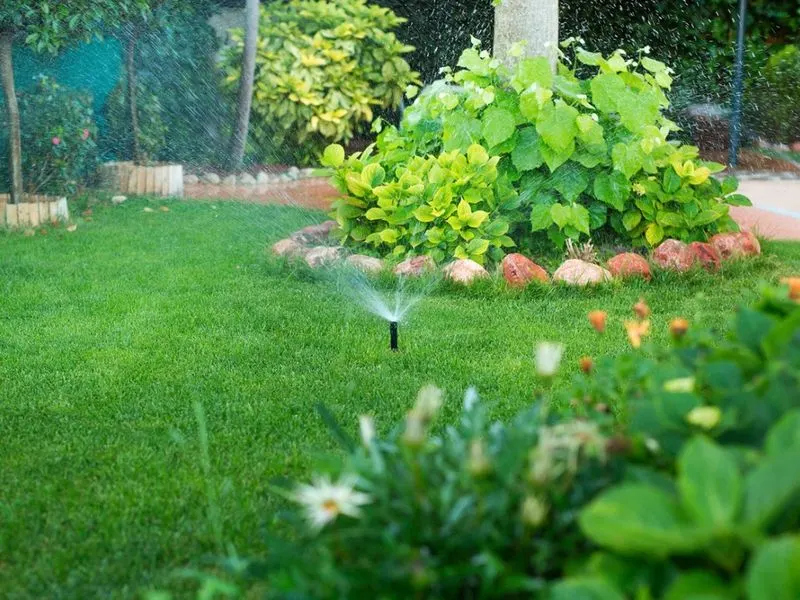
Organizing plants by water needs streamlines watering. It ensures each group receives the right amount without waste. This thoughtful layout reduces over or underwatering, enhancing growth. It’s a strategic approach that simplifies maintenance and promotes garden health. By understanding each plant’s needs, you can create an efficient watering system. This smart planning saves time and resources, making your garden more sustainable. It’s a practical step toward achieving a balanced and thriving garden ecosystem.
Using Drip Irrigation Systems
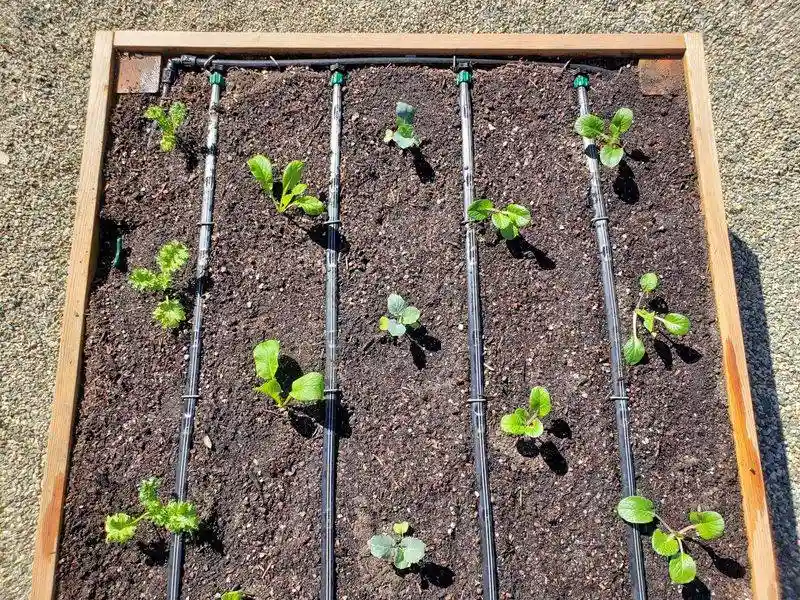
Drip irrigation is a precise watering method, delivering water directly to plant roots. It minimizes evaporation and ensures each plant gets what it needs. This system conserves water and supports sustainable gardening practices. Setting up drip irrigation may require an upfront investment but pays off through resource savings and healthier plants. It’s a forward-thinking approach that enhances garden efficiency and productivity. Embracing this technology leads to a more organized and responsive watering routine.
Using Self-Watering Pots
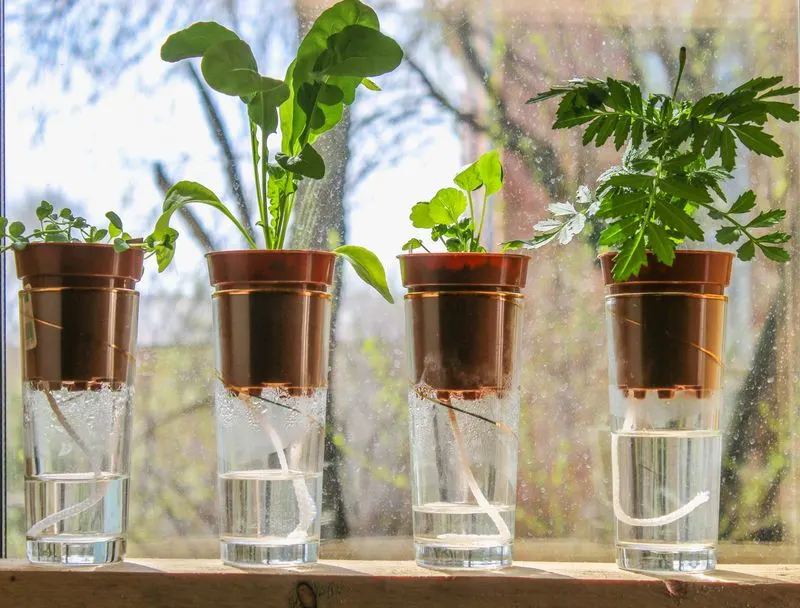
Self-watering pots provide consistent moisture, ideal for busy gardeners. These pots store water in a reservoir, allowing plants to hydrate as needed. This system prevents over and underwatering, promoting optimal growth. It’s a convenient option for maintaining plant health with minimal effort. Suitable for indoor and outdoor use, self-watering pots offer flexibility and ease. They are an investment in plant wellness and convenience, simplifying care and ensuring a thriving plant environment. It’s a modern solution for a greener, more efficient gardening experience.

